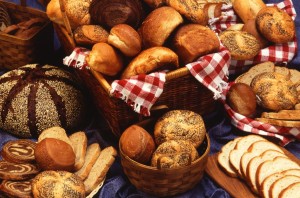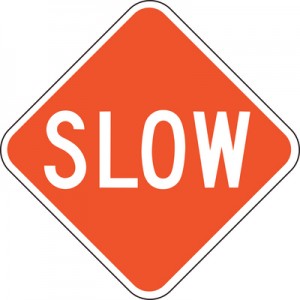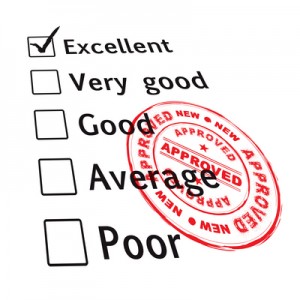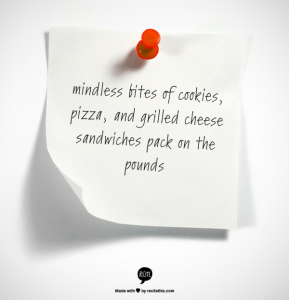 Olive oil for bread sopping and dipping is giving butter some stiff competition. At one time it was butter on bread – big slabs, small pots, or foil wrapped rectangles.
Olive oil for bread sopping and dipping is giving butter some stiff competition. At one time it was butter on bread – big slabs, small pots, or foil wrapped rectangles.
Now olive oil — green or golden, plain, herbed, or spiced — frequently takes center stage. It can be plopped down on your table or poured with a flourish from a dark tinted bottle. Some restaurants offer a selection for dipping – and attempt to educate you about the variation in flavors depending upon the olives’ country of origin.
Butter, Oil, And Bread Can Add A Big Caloric Punch
- A tablespoon of olive oil has 119 calories, a tablespoon of butter has 102 calories, one pat of butter has around 36 calories.
- Butter and oil are all fat; olive oil is loaded with heart healthy monounsaturated fat, butter is filled with heart unhealthy saturated fat.
- Bread varies significantly in calories depending on the type of bread and the size of the piece.
- Most white bread and French bread averages around 90 to 100 calories a slice. Most dinner rolls average 70 to 75 calories each.
Who Takes In More Calories – Butter Or Olive Oil Eaters?
Hidden cameras in Italian restaurants have shown that people who put olive oil on a piece of bread consume more fat and calories than if they use butter on their bread. But the olive oil users end up eating fewer pieces of bread than the butter eaters.
In a study done by the food psychology laboratory at Cornell University, 341 restaurant goers were randomly given olive oil or blocks of butter with their bread. Following dinner, researchers calculated the amount of olive oil or butter and the amount of bread that was eaten.
The researchers found that olive oil users:
- used 26% more olive oil on each slice of bread compared to block butter users (40 vs. 33 calories)
- ate 23% less bread over the course of a meal than the people who used butter
- took in 17% fewer bread calories: 264 calories (oil eaters) vs. 319 calories (butter eaters).
What Are Your Bread And Butter (or oil) Habits?
Do you mindlessly chow down on bread and butter or oil before a meal either because you’re hungry or because it’s there for easy nibbling?
The bread and butter or oil pre-dinner (and maybe during dinner) eating habit creates a real caloric bump – often without much added nutrition.
If you choose to indulge think about limiting the amount or don’t even let the breadbasket land on your table. Harder breads and breadsticks are often less caloric than softer doughy breads. The choice to eat and slather or dip is yours – just be mindful of the calories that add up quickly and are pretty easy to overlook.
This article is part of the 30 day series of blog posts called: 30 Easy Tips for Looser Pants and Excellent Energy.



